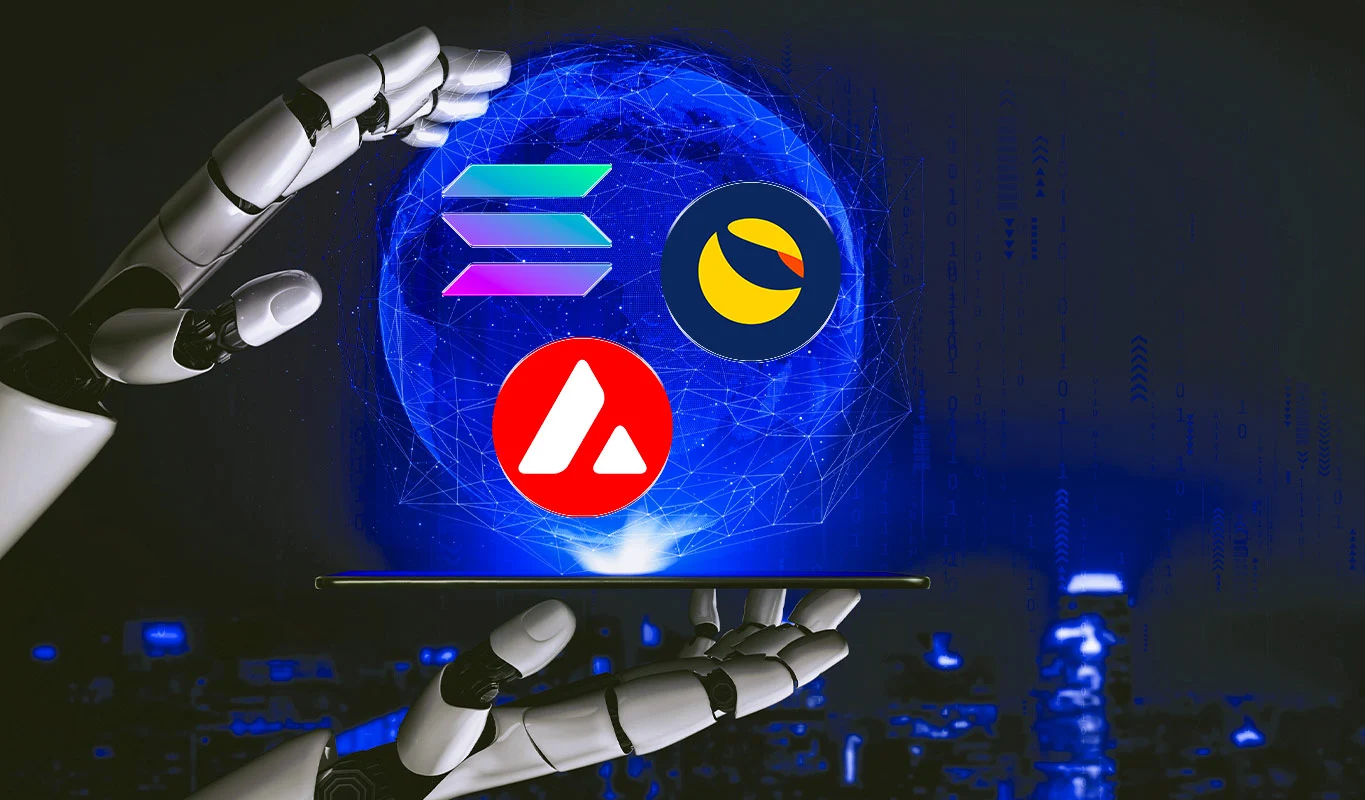
Photo Credits: The Daily Hodl
After Ethereum, the two most prominent EVM-compatible networks are Avalanche and Solana. These blockchains have garnered attention from the crypto community due to their innovative features, leading to a surge in popularity throughout 2021. As a result, they have been dubbed as potential rivals to Ethereum, as they are capable of creating advanced dApps.
Despite their impressive safety and growth potential, many experts believe that AVAX is currently outshining its competitors. However, it remains unclear whether this is true or simply a biased speculation in favor of AVAX.
The differences between Avalanche and Solana must be considered before you make a final investment decision. Let’s take a look at the key peculiarities of these projects and compare their advantages and disadvantages from the point of view of both investors and developers.
Solana’s quick transaction execution speed is commendable, despite concerns over its centralization and safety. The current network’s maximum throughput is 50,000 tps and it has announced plans to achieve a transaction processing speed of 600,000 tps by the end of 2023, while AVAX currently boasts a maximum of 4,000 tps, surpassing the capabilities of other networks.
The high transaction speed of Solana attracts many users as it improves their work efficiency. Consequently, some may overlook the decentralization issues within the SOL protocol.
Regarding NFT marketplaces, both AVAX and SOL are developing due to the growing popularity of digital art. In terms of volume, Solana’s ecosystem seems to be more prominent, with Magic Eden, the largest marketplace on Solana, having already facilitated more than $700 million in trading since its launch. Its current market cap is $9.38 million.
However, the higher market capitalization of Solana’s biggest NFT project, compared to Avalanche’s Chikn, which is at $8.175 million, does not necessarily mean that the SOL ecosystem is superior.
Compared to Avalanche, Solana has superior liquidity when it comes to DeFi. The total value locked in DeFi on SOL is approximately $3 billion higher than that on AVAX, with $8.6 billion versus $5.6 billion, respectively. This enhanced liquidity makes SOL a more secure option and a better platform for dealing with dApps.
Regarding profitability for token holders, AVAX has stringent and well-defined staking requirements. Holders must participate in a specific program for a set period before claiming their stake rewards, with longer periods yielding higher rewards. This duration is variable and influenced by the circulating coin supply.
Despite this, participating in this program is more worthwhile than the one offered by the Solana ecosystem. Staking SOL coins can generate an annual yield of approximately 6%, which increases in the second year.
The overall performance of native blockchains heavily impacts the price fluctuations of cryptocurrencies. Since their inception, both Avalanche and Solana have demonstrated stable performance. Nevertheless, Avalanche has displayed greater resilience to outages. Although Solana’s outages did not result in a significant collapse or massive losses, this was a positive indicator for both users and investors.
Regarding the performance of the tokens themselves, both SOL and AVAX exhibited strong performance at the start of the year. They both commenced in 2023 at approximately $11. Over the first month, SOL gained 100%, whereas AVAX’s value increased by 55%.
In conclusion, the decision to invest in either Solana or Avalanche should be made after considering the differences between the two networks. Solana boasts faster transaction speeds and higher liquidity in DeFi, but concerns remain over its centralization and safety. Avalanche, on the other hand, has a more resilient network and a promising NFT marketplace, but its staking program is more stringent. Both cryptocurrencies have shown strong performances at the beginning of 2023, with SOL gaining more in value over the first quarter, but it remains to be seen which technology will prove to be the better investment in the long term.
In a world where cyber threats are evolving at breakneck speed, the need for robust…
It was a dreary Saturday afternoon. Rain drummed against the window, a steady, monotonous rhythm…
The best live casinos are a really fun place to be. You can watch streams…
Tips for recording Amazon Prime Video shows Recording your favorite Amazon Prime Video shows can…
In this article, we further explore the legal issues associated with kratom – an herbal…
The safety of financial transactions is essential in the current digital era. Financial organizations must…